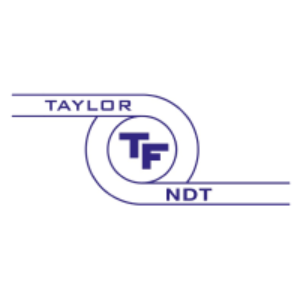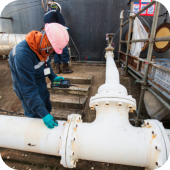

Taylor NDT
Based in Sheffield, the company was established in June 2018 as a result of a demand predominantly in the petrochemical & engineering industries for non-destructive testing services.
Overview
Based in Sheffield, the company was established in June 2018 as a result of a demand predominantly in the petrochemical & engineering industries for non-destructive testing services.
Our professional team has over 30 years combined experience and are approved in all applications of Non-Destructive testing covering forgings, wrought products.
VISION:
We maintain, as our priority, high quality standards and exceptional customer service.
MISSION:
We conduct ourselves with utmost integrity in service delivery.
VALUES:
Integrity, Continuous improvement, Trust, Quality.
Products
Services
Ads













